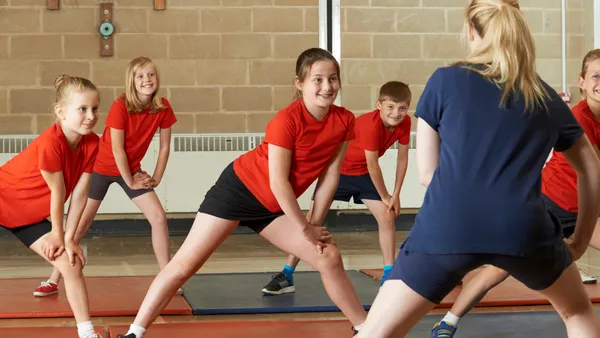Dive Brief:
-
More than half of young people today are worried about the signs of climate change they’re seeing around them, according to a recent Lancet study — but climate is also one of several scientific topics, such as evolution, that have often been met with heated pushback when featured in curricula.
-
Educators can ensure their ability to teach pupils about environmental science continues by equipping themselves with responses that address potential questions. One of the best ways educators can help themselves is by taking advantage of professional learning opportunities, said Eric Pyle, a professor of geology at James Madison University and retiring president of the National Science Teaching Association.
-
“Teachers who know more about their subject area will be more confident and capable of advancing student learning,” Pyle said.
Dive Insight:
While professional learning opportunities are key, Pyle notes there are other resources educators can rely on to help them back up their lessons. One key resource is the material many states use to develop science curricula: the Next Generation Science Standards. This resource provides evidence statements, data and modeling around climate change throughout its materials.
“So when there is pushback, you can say, ‘Here is the curriculum and contemporary understanding of the sciences,” Pyle said.
In addition to professional learning opportunities from NSTA, another option is to look for expert-driven resources. These could include the National Oceanic and Atmospheric Administration’s U.S. Climate Resilience Toolkit, the National Academies’ Framework for K-12 Science Education, and the Paleontological Research Institution’s Teacher Friendly Guide to Climate Change.
Pyle also recommends that educators consider looking to their peers to help shore themselves up when handling pushback. That can mean working across the curriculum to loop in social studies, math and other subjects to bring broader relevance to topics like climate change. Students can, for example, enrich their learning experience by learning how to calculate carbon emissions, studying the history of the industrial revolution, and discovering the chemistry behind carbon capture.
“There is strength in numbers,” Pyle said. “Anyone can push back at one teacher for saying something, but if math and social studies and science are all saying the same thing, and we’re providing teachers with professional development to work across the curriculum, we are strengthening their position and making them more capable and confident.”












